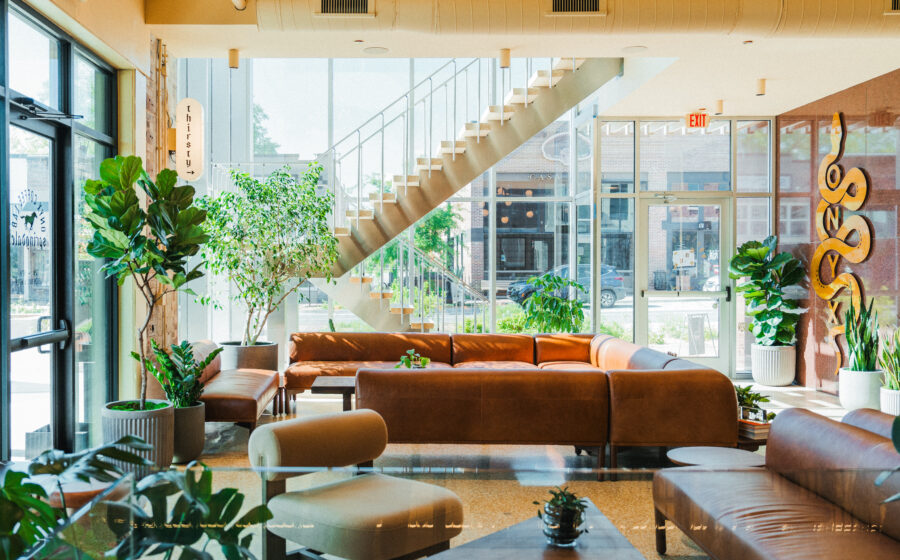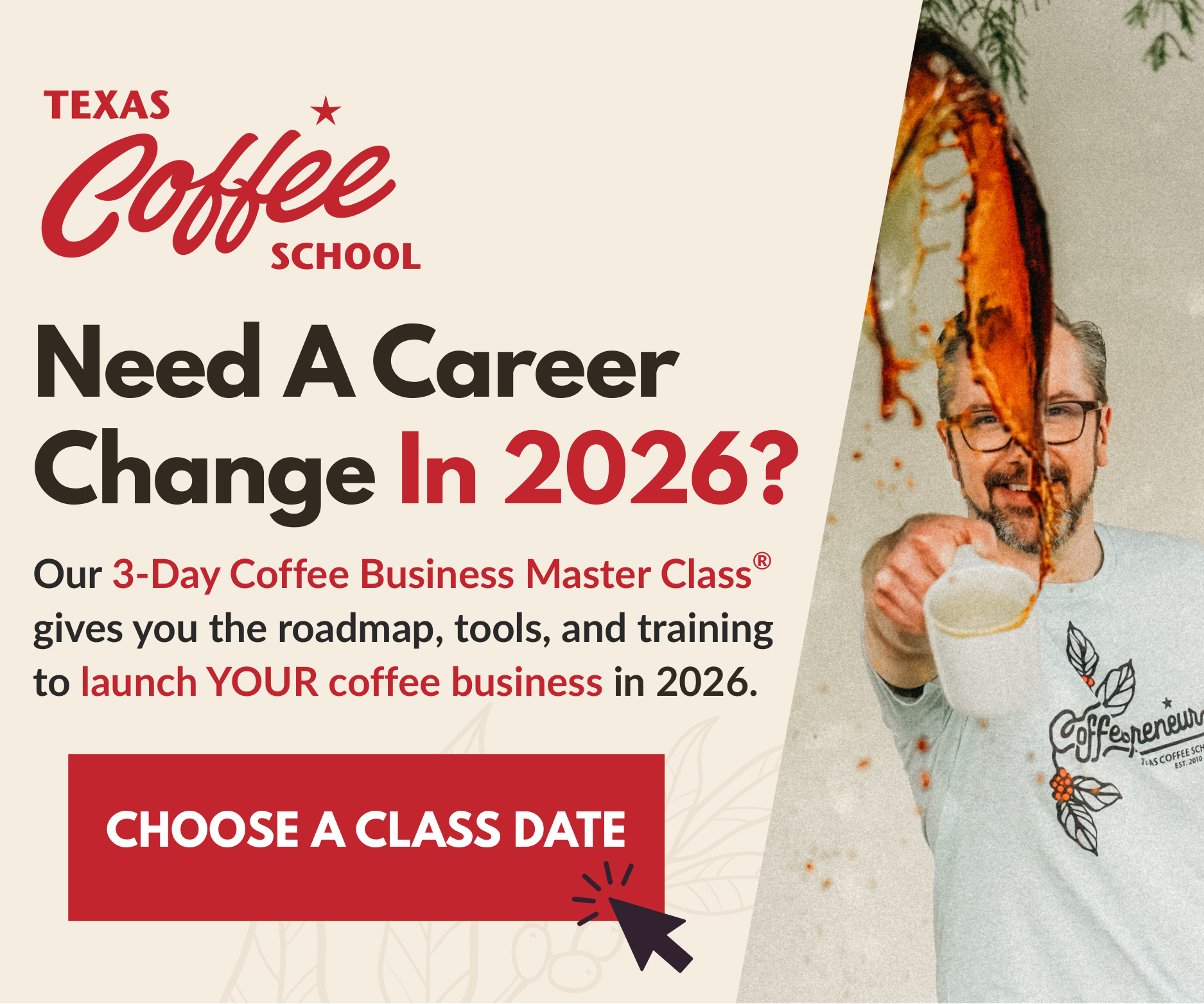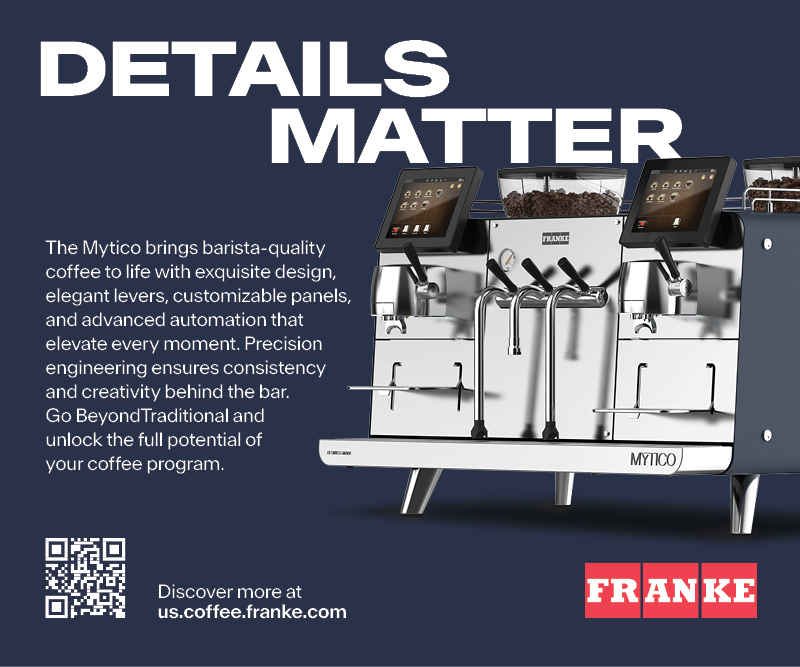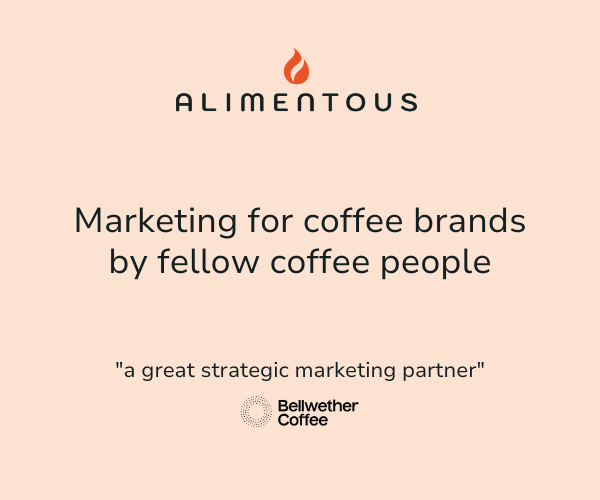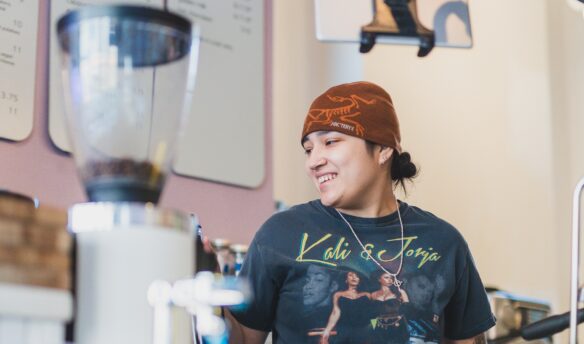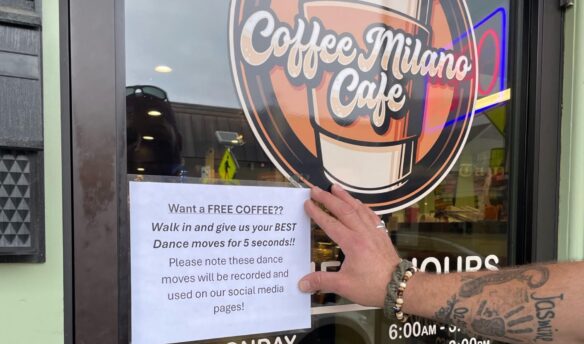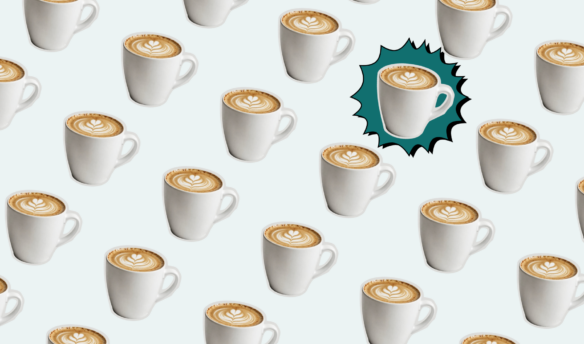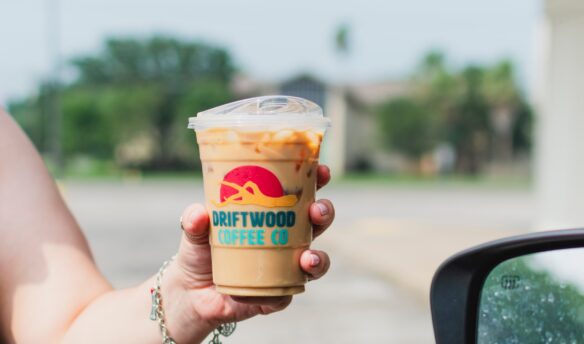There was a time when Instagram was all about latte art. A well-lit shot of a cortado, a few plants in the background, and a clever caption were enough for cafes to earn engagement. Aesthetics were the goal, and for a while, they were enough.
In 2025, that’s no longer the case. Instagram has become a platform businesses use to communicate who they are, what they care about, and what customers can expect when they walk through the door.
That last point is key: Instagram is often the first place potential customers consult when deciding whether or not to visit a hospitality business. In a recent survey by Toast, 62% of respondents said they sometimes check a restaurant’s social media before deciding to visit. Nearly half preferred using social media over search engines when looking for new places to eat.
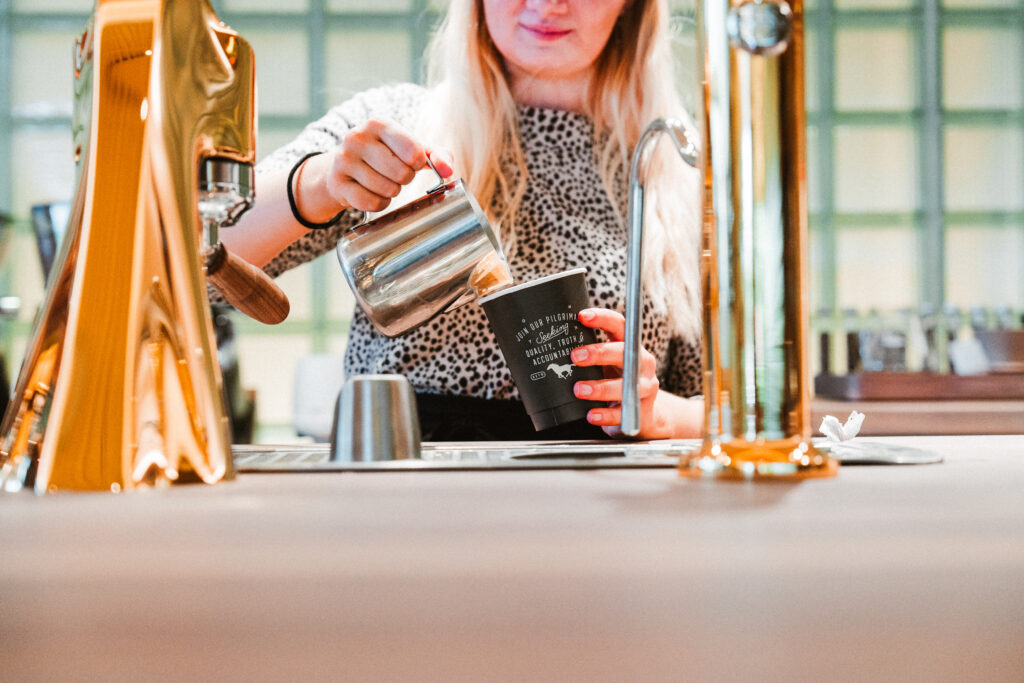
That means nailing your first impression on Instagram is essential—if your coffee business’s page feels out-of-date or confusing, guests might not come in at all. But don’t be daunted: The following steps and strategies can help you create an Instagram presence that brings in customers—and sets your cafe up for success, on and off social media, in 2025.
Use Instagram for Conversations, Not Just Promotion
Onyx Coffee Lab, headquartered in Arkansas, is one of the more recognizable coffee brands on Instagram. Niki Weegens, now the company’s creative director, began as the director of social media and helped develop the distinctive voice and visual identity the brand is known for.
“More and more, utilizing social media is not going to be an optional thing,” she says. “It is going to become the make-or-break difference in whether or not people’s brands have visibility or don’t.”
Onyx doesn’t follow one single, rigid strategy for Instagram. Instead, the team sees the platform foremost as a way to maintain genuine connections with customers and users who follow the brand. “Our approach to Instagram is honestly just looking at it as a tool for communication,” says Weegens. “It’s more that we try to be in conversation with people through that as just the channel.”
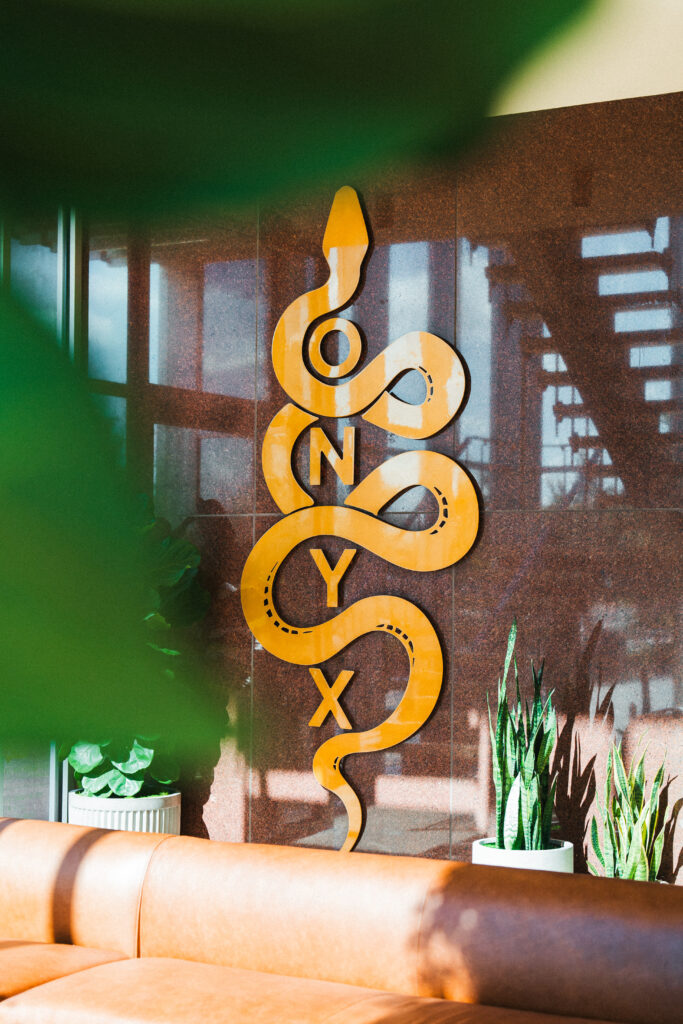
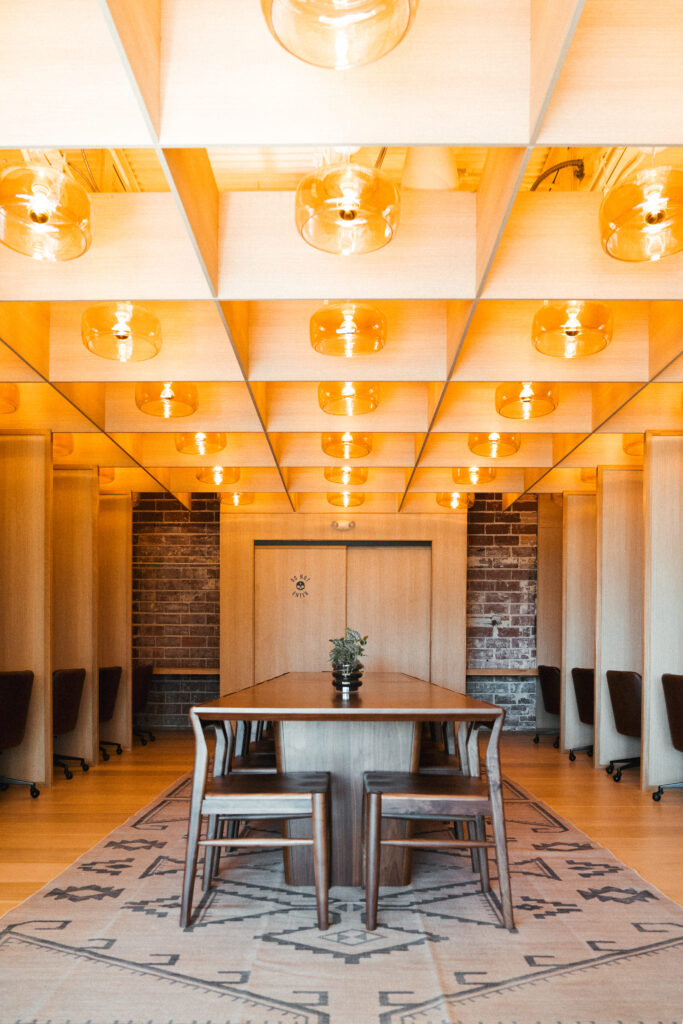
That shows up in the type of content Onyx creates. Posts often highlight drink builds, brewing techniques, and behind-the-scenes looks at sourcing or product development. “Our approach is to tell a good story and why we’re doing the things that we’re doing,” Weegan says. “We try to create content that is either inspiring or educational—things for people to consume that’s not necessarily marketing.”
That mindset influences the way Onyx approaches video and visual storytelling. One example is its “drink build” videos, which have become a recognizable format for the brand. These videos show specialty drinks being made step by step, often including exact ingredients so viewers can recreate the drinks at home using Onyx coffee. “We’re trying to create highly shareable content that is visually very compelling and inspiring,” says Weegens.
The goal isn’t pushing a specific item or making a direct pitch—it’s instead offering viewers a useful, educational preview. “All of a sudden, you’re interested because you see an idea,” she says. “We’re showing how to enjoy the product that we can provide you with.”
That approach also extends to other content formats, including bilingual brew guides and behind-the-scenes videos. “Every coffee we sell comes with a tailored video of how to brew it as a pour-over, to brew it on espresso,” Weegens says. “We pour so much investment into equipping people who are choosing to spend their money on this product with a way to enjoy it to the utmost potential.”
Practice Digital Hospitality
It’s easy to think of creating or updating an Instagram profile as a checklist: post the hours, highlight the menu, share a photo every so often. But Weegens suggests a different approach, one that mirrors how a physical space makes visitors feel welcome. “Use Instagram as a space to practice digital hospitality,” she counsels.
In a cafe, hospitality means inviting people in, and providing them with enough information so they know what to expect out of the experience. Online, the same ideas apply. “When someone comes into a physical space, you want them to know where to order, where to sit, you want them to immediately know where they belong,” she says. “The same should be true in any cafe’s digital space, whether that’s their website or Instagram.”
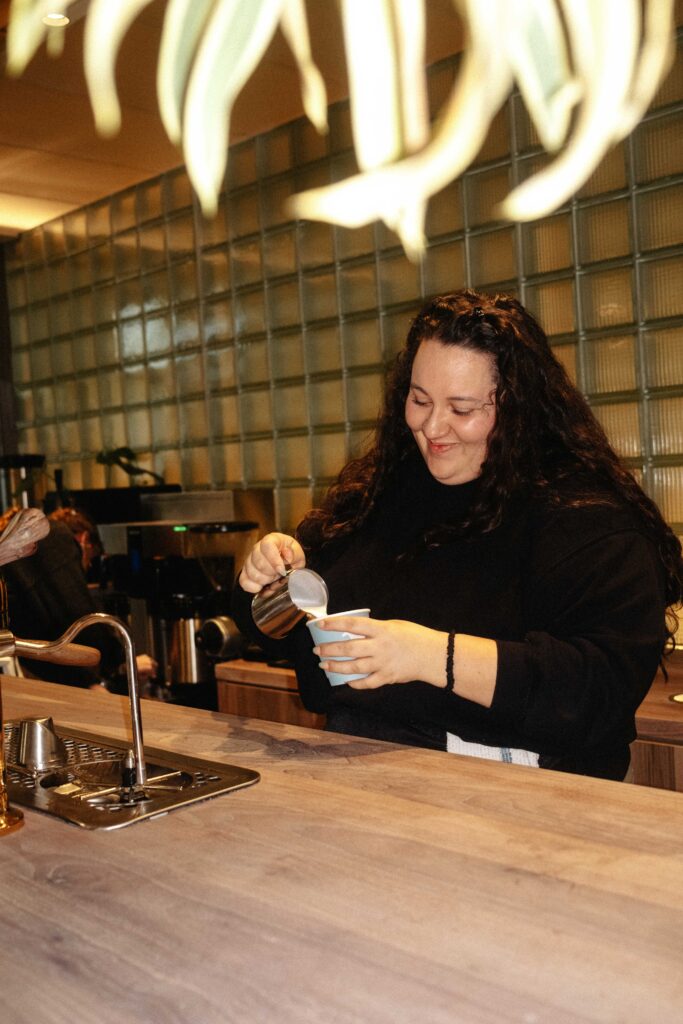
Not every cafe will approach digital hospitality in the same way. Onyx doesn’t list its hours on Instagram, for instance, since the majority of its audience isn’t local. But for most coffee businesses, Weegen believes small details like these can go a long way towards helping customers feel informed and welcomed. “The answer is, how do you translate your version of hospitality and put that into your digital spaces?” she says.
Weegens also suggests extending that feeling of welcome by collaborating with nearby businesses, and using Instagram’s collab feature to share content across audiences. “If you have a cafe that partners with a bakery locally, create content about both brands and share it collaboratively in a way that gets both audiences on each other’s brands,” she advises.
Start With What You Have
For many coffee businesses, producing high-quality content can feel like a formidable barrier. But content doesn’t have to start with a full production setup or a hired team. Instead, the most important resources are time and a clear point of view. “If you don’t have the money to outsource it, then start with what you have, which is your time and your story,” says Weegens.
Even if you don’t have expertise using a camera, there are ways to work around limited time, budget, or experience. “There are strategic ways to generate content from people who are interested in your spaces,” she says. For instance, a photo or video creator can “come in once a month and do a shoot and we’ll give you a gift card.”
Weegens says the most shareable content isn’t always the most polished. It’s the content that stirs something—even if the viewer can’t buy the product or visit the cafe right away. “If it draws someone to feel excited, that’s what people share,” she says.
For Onyx, that often means highlighting drinks in a way that makes people want to experience them, even through a screen. “You look at it and within a matter of seconds you go, ‘That is yummy. I want that,’” Weegan says. “And even if you can’t go to the cafe at that moment, you think, ‘I would want to go there.’”
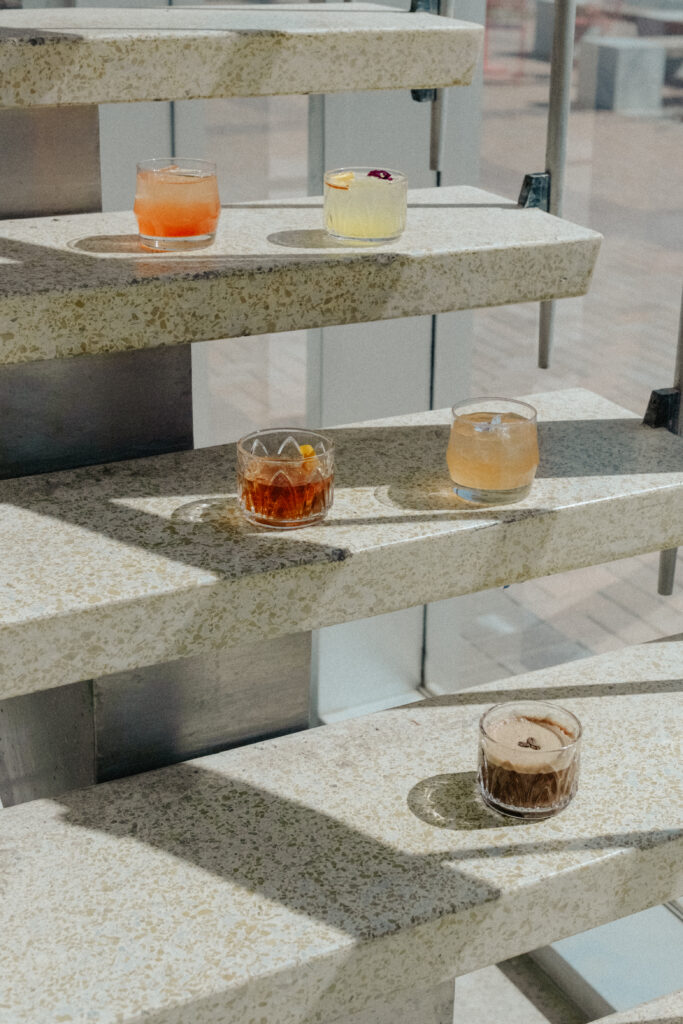
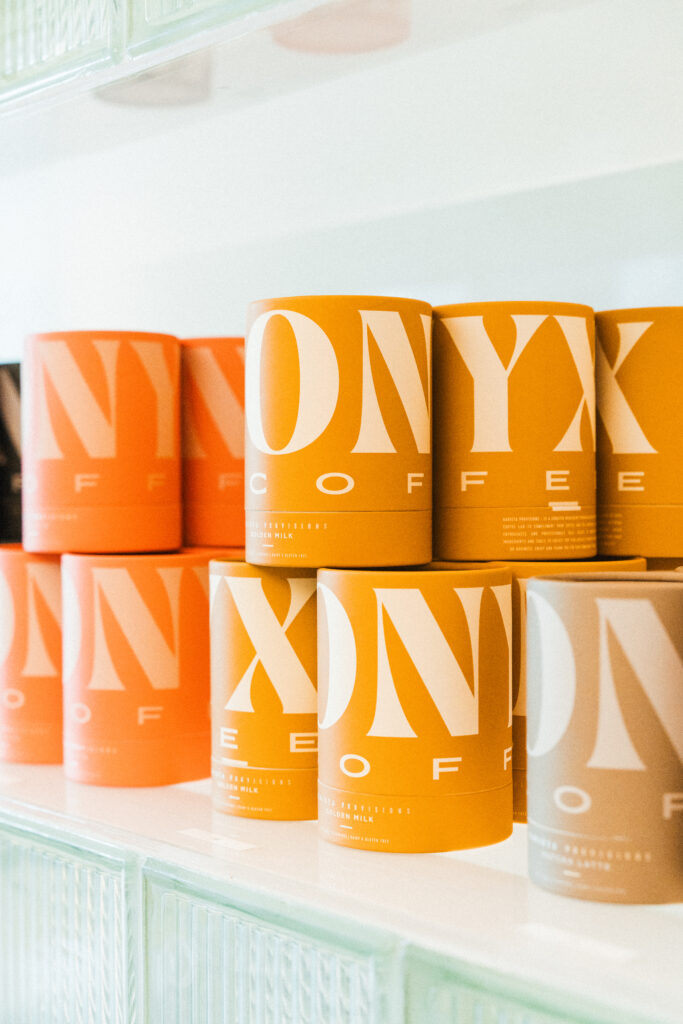
That kind of content creates a sense of longing or delight. It can also build trust. Onyx often shares recipes or brewing instructions directly on social media. “You can give away insight into how you create your product, and it will increase demand for your product,” Weegens says. “Because no one wants to do the work of doing it themselves. But they like that you’re telling them.”
Don’t Wait To Get It Perfect
The biggest mistake many cafes make when working on their Instagram profiles is overthinking their content, or holding off until they feel more prepared. But showing up regularly—and saying something meaningful—can go further than a perfect brand strategy.
“Each cafe ultimately has magic to them that is a true and unarguable thing unique to their brand,” Weegens says. “Stop being afraid to tell that story.”
Remember, posting doesn’t need to feel complicated. It also doesn’t need to be high-budget or high-concept. The hardest part, she adds, is often just getting started. “The challenge is not actually frequency. It’s getting out of your own way.”


